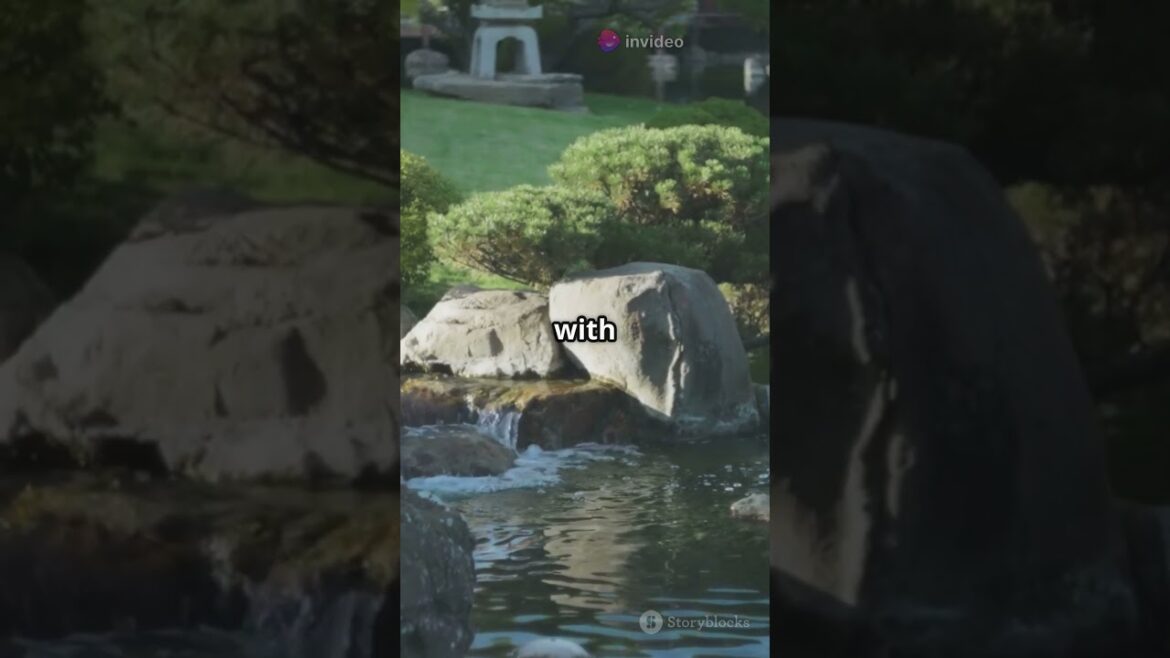******************************
Sunny Health & Fitness Row-N-Ride PRO, Full Body Combo Squat Machine w/Optional Resistance Band, Easy Setup Ab Workout Exercise Equipment for Home, Whole Body Cardio, Optional SunnyFit App Connection
Buy Now On Amazon
https://amzn.to/44PcCC6
*********************************
***********************************
7 Japanese Garden Ideas That Channel the Elements of Nature
1. 🪨 Incorporate Natural Stone Pathways and Stepping Stones (Tobi-ishi)
Symbolism: Journey through life
Stones are essential in Japanese gardens, representing mountains, islands, or the foundation of nature itself. Use flat stones or irregular pathways to encourage mindful walking and interaction with your surroundings.
🔹 Tip: Choose weathered, local stones to reflect the concept of shizen (naturalness).
2. 💧 Add a Water Element: Pond, Stream, or Tsukubai Basin
Symbolism: Purification & movement of life
Whether it’s a flowing brook, still koi pond, or a tsukubai (stone basin for ritual cleansing), water adds a calming energy. Even a small trickling fountain can simulate the meditative rhythm of nature.
🔹 Tip: Place the tsukubai near a bamboo spout and surround it with moss.
3. 🌲 Use Evergreens and Pruned Shrubs to Symbolize Longevity
Symbolism: Endurance and timelessness
Pine, bamboo, and plum — the “Three Friends of Winter” — are used to reflect strength, resilience, and peace. Small maples, azaleas, and moss create texture and a grounded connection to the Earth.
🔹 Tip: Practice niwaki (Japanese tree pruning) to shape and stylize trees with intention.
4. 🏯 Create a Miniature Mountain Landscape (Karesansui or Zen Garden)
Symbolism: Abstraction of nature**
Karesansui (dry landscape) gardens use raked gravel to represent water or clouds, while rock groupings suggest mountains or islands. This style focuses on stillness, contemplation, and meditative practice.
🔹 Tip: Use a rake to create flowing ripple patterns in gravel daily as a Zen habit.
5. 🏞️ Frame Views with “Shakkei” (Borrowed Scenery)
Symbolism: Harmony between inner and outer worlds
Shakkei integrates the surrounding landscape into your garden’s design. A far-off mountain, a tree beyond your fence, or even your neighbor’s rooftop can become part of your composition.
🔹 Tip: Use hedges or low bamboo screens to subtly direct the eye.
6. 🎋 Install a Bamboo Fence or Shoji Screen for Natural Boundaries
Symbolism: Simplicity and protection
Delicate bamboo fencing or wood lattices don’t just define space—they create a sense of privacy without harsh walls, keeping the garden feeling open yet sacred.
🔹 Tip: Try a Yotsume-gaki or Takegaki style bamboo fence for authenticity.
7. 🕯️ Incorporate Lanterns and Subtle Lighting (Ishi-dōrō)
Symbolism: Guiding light in darkness
Stone lanterns are traditional features that anchor pathways, water features, or tea garden entrances. At night, soft amber lighting enhances mystery and calm.
this is why you need a Japanese garden serenity beauty and balance all in one space one natural stone pathways symbolize life’s journey use weathered stones for a mindful stroll one add a water element think koi pond or a soothing sukubai basin water purifies and calms one evergreens and pruned shrubs represent endurance shape them with care for timeless beauty one create a zen garden with raked gravel and rock formations daily raking becomes a meditative practice one frame views with shakai to blend your garden with the landscape let nature inside one bamboo fences or shouji screens define space with simplicity keep it open yet sacred one stone lanterns offer guiding light reveal them softly for a touch of mystery embrace the spirit of zen let your garden be a place of stillness and introspection

